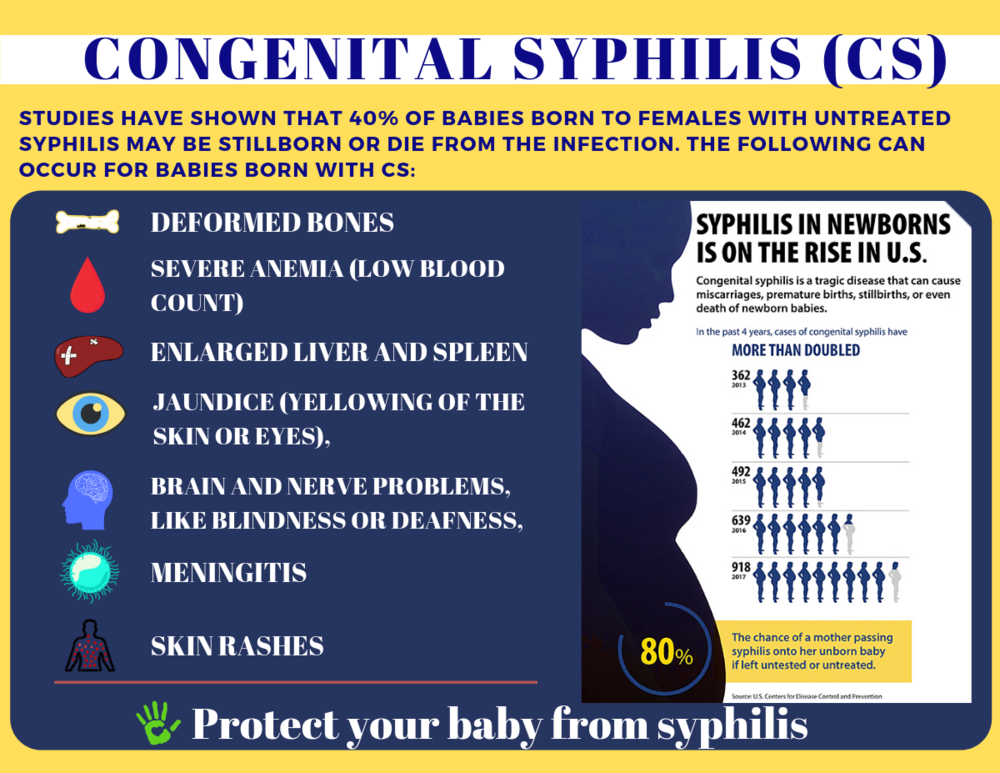Bleeding Gums: Fix Flossing Issues Easily

The dreaded bleeding gums - a common issue that can be both painful and alarming. If you’re experiencing bleeding gums, particularly after flossing, it’s essential to understand the causes and take corrective action to prevent further irritation and potential long-term damage. In this comprehensive guide, we’ll delve into the world of flossing issues, exploring the reasons behind bleeding gums, and providing you with expert advice on how to fix these problems easily and effectively.
Understanding the Causes of Bleeding Gums
Before we dive into the solutions, it’s crucial to comprehend the underlying causes of bleeding gums. There are several factors that can contribute to this issue, including:
- Poor Oral Hygiene: Inadequate or infrequent brushing and flossing can lead to the buildup of plaque, a sticky film of bacteria that can cause inflammation and bleeding in the gums.
- Gingivitis: This is a mild form of gum disease that can cause the gums to become red, swollen, and bleed easily.
- Flossing Technique: Using too much force or the wrong flossing technique can damage the gums and cause bleeding.
- Gum Disease: More advanced gum disease, such as periodontitis, can cause the gums to pull away from the teeth, leading to bleeding and sensitivity.
- Hormonal Changes: Fluctuations in hormone levels, such as those experienced during pregnancy or menopause, can affect the gums and cause bleeding.
- Medications: Certain medications, such as blood thinners, can increase the risk of bleeding gums.
Fixing Flossing Issues: Easy Solutions
Now that we’ve explored the causes, let’s move on to the solutions. Here are some easy and effective ways to fix flossing issues and prevent bleeding gums:
- Improve Your Flossing Technique: Use a gentle, curved motion to guide the floss between your teeth, avoiding snapping or forcing the floss, which can damage the gums.
- Choose the Right Floss: Opt for a high-quality floss that is designed for your specific oral health needs. There are many types of floss available, including waxed, unwaxed, and dental tape.
- Floss Regularly: Make flossing a part of your daily oral hygiene routine, ideally before brushing your teeth.
- Use an Interdental Brush: If you have large gaps between your teeth or find it difficult to maneuver floss, consider using an interdental brush to clean these areas.
- Rinse with Salt Water: Rinsing your mouth with warm salt water several times a day can help reduce inflammation and kill bacteria.
- Maintain Good Oral Hygiene: Brush your teeth at least twice a day, and visit your dentist regularly for check-ups and cleanings.
It's essential to remember that bleeding gums can be a sign of an underlying issue, such as gum disease. If you're experiencing persistent bleeding, it's crucial to consult with your dentist to rule out any underlying conditions.
Additional Tips for Healthy Gums
In addition to fixing flossing issues, here are some extra tips to promote healthy gums:
- Eat a Balanced Diet: A diet rich in fruits, vegetables, and whole grains can help keep your gums healthy.
- Avoid Smoking: Smoking can increase the risk of gum disease and bleeding gums.
- Manage Stress: High stress levels can lead to teeth grinding and clenching, which can put additional pressure on the gums.
- Stay Hydrated: Drinking plenty of water can help keep your mouth moist and reduce the risk of bleeding gums.
FAQ Section
What is the best way to floss my teeth?
+Use a gentle, curved motion to guide the floss between your teeth, avoiding snapping or forcing the floss. Curve the floss around the edge of each tooth in a "C" shape, making sure to go below the gumline.
How often should I floss my teeth?
+It's recommended to floss your teeth at least once a day, preferably before brushing your teeth. This can help remove food particles and plaque that can cause bleeding gums.
Can I use mouthwash to help with bleeding gums?
+Yes, mouthwash can help reduce inflammation and kill bacteria that can cause bleeding gums. Look for a mouthwash that contains ingredients such as chlorhexidine or essential oils, which have antibacterial properties.
By following these easy solutions and tips, you can fix flossing issues and prevent bleeding gums. Remember to always prioritize good oral hygiene, and don’t hesitate to consult with your dentist if you’re experiencing persistent bleeding or discomfort. With the right techniques and products, you can keep your gums healthy and your smile shining.
